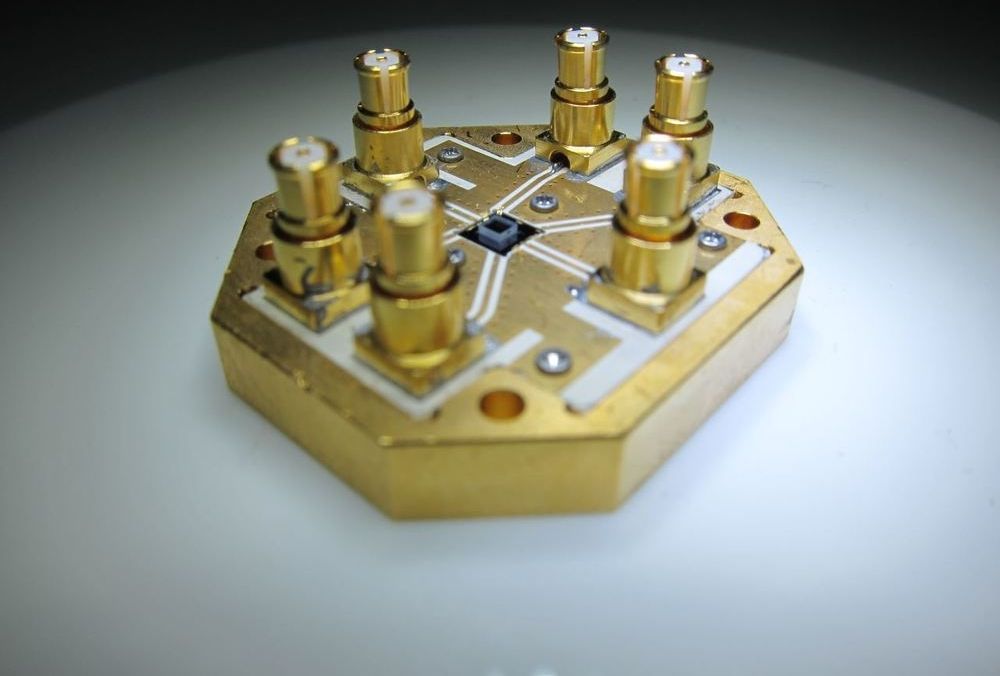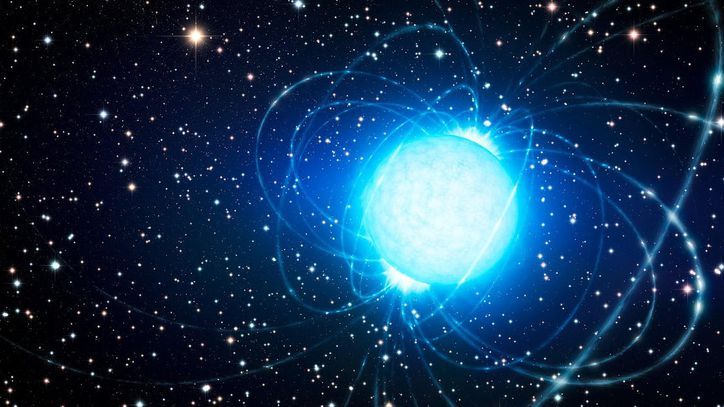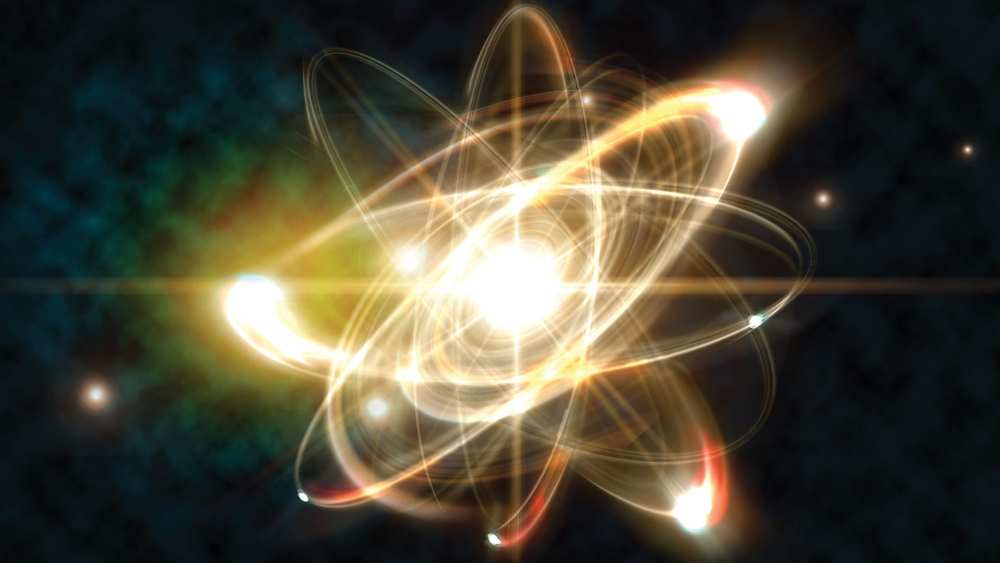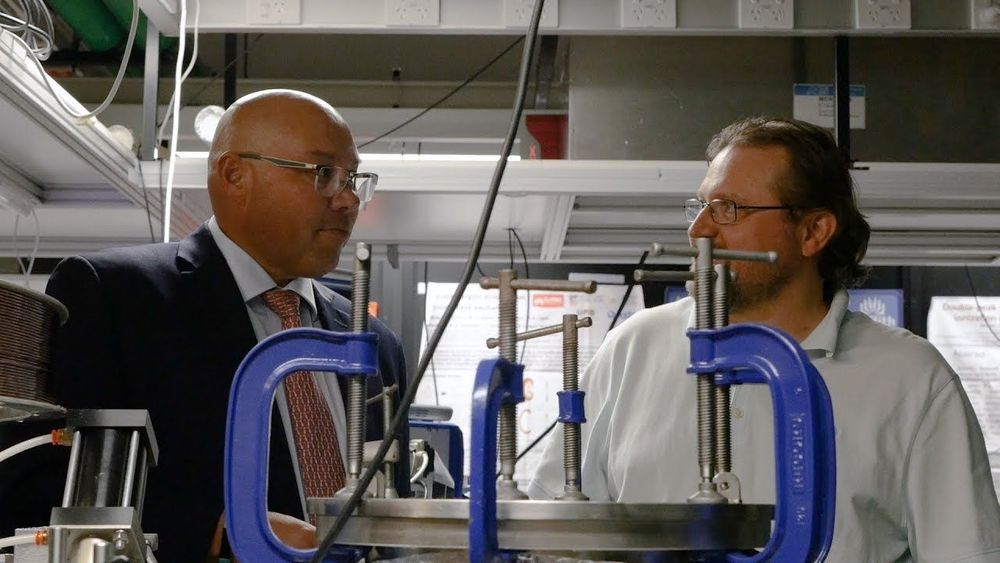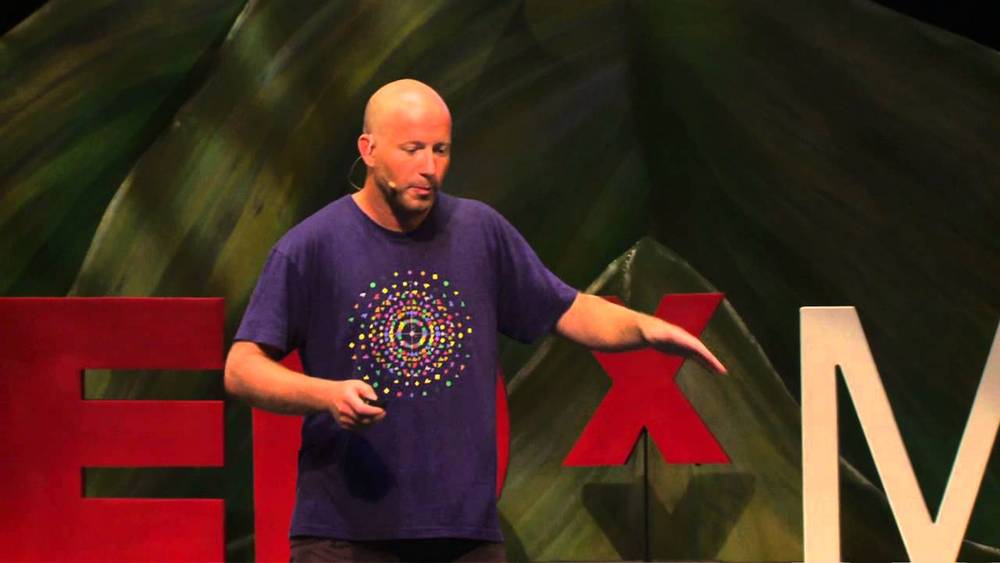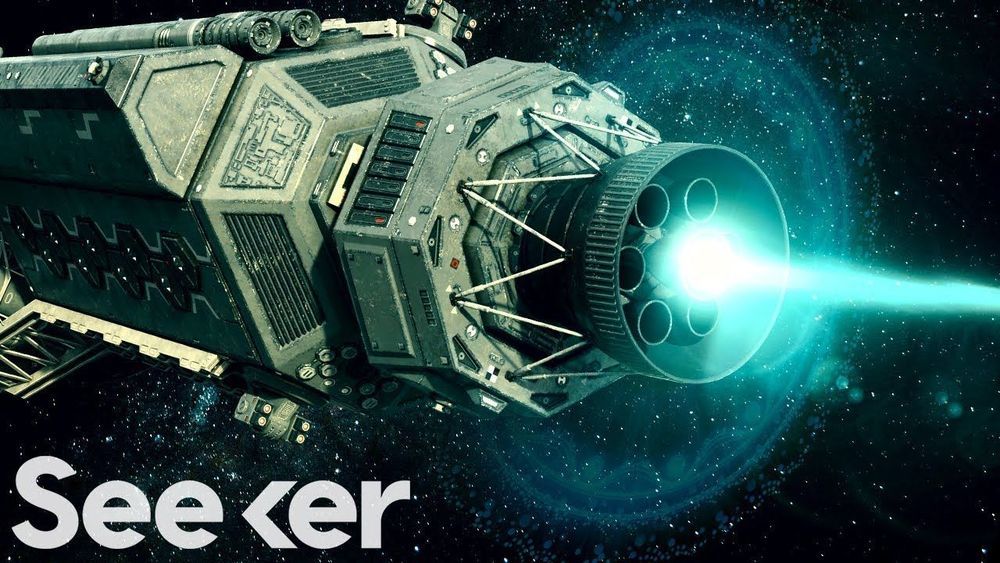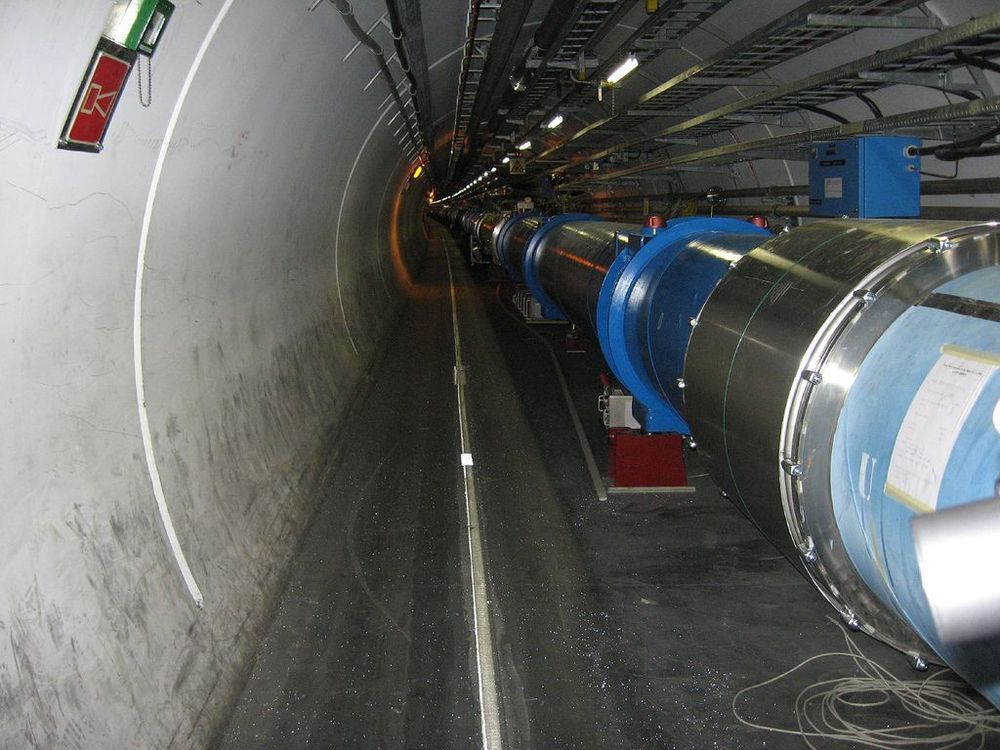Mar 30, 2019
A single superconducting artificial atom senses solid-state spins
Posted by Genevieve Klien in categories: electronics, particle physics
An electron spin resonance spectrometer using an artificial atom (a superconducting flux qubit) is realized, featuring both high sensitivity (400 spins/√Hz) and high spatial resolution (0.05 pL).
Continue reading “A single superconducting artificial atom senses solid-state spins” »
